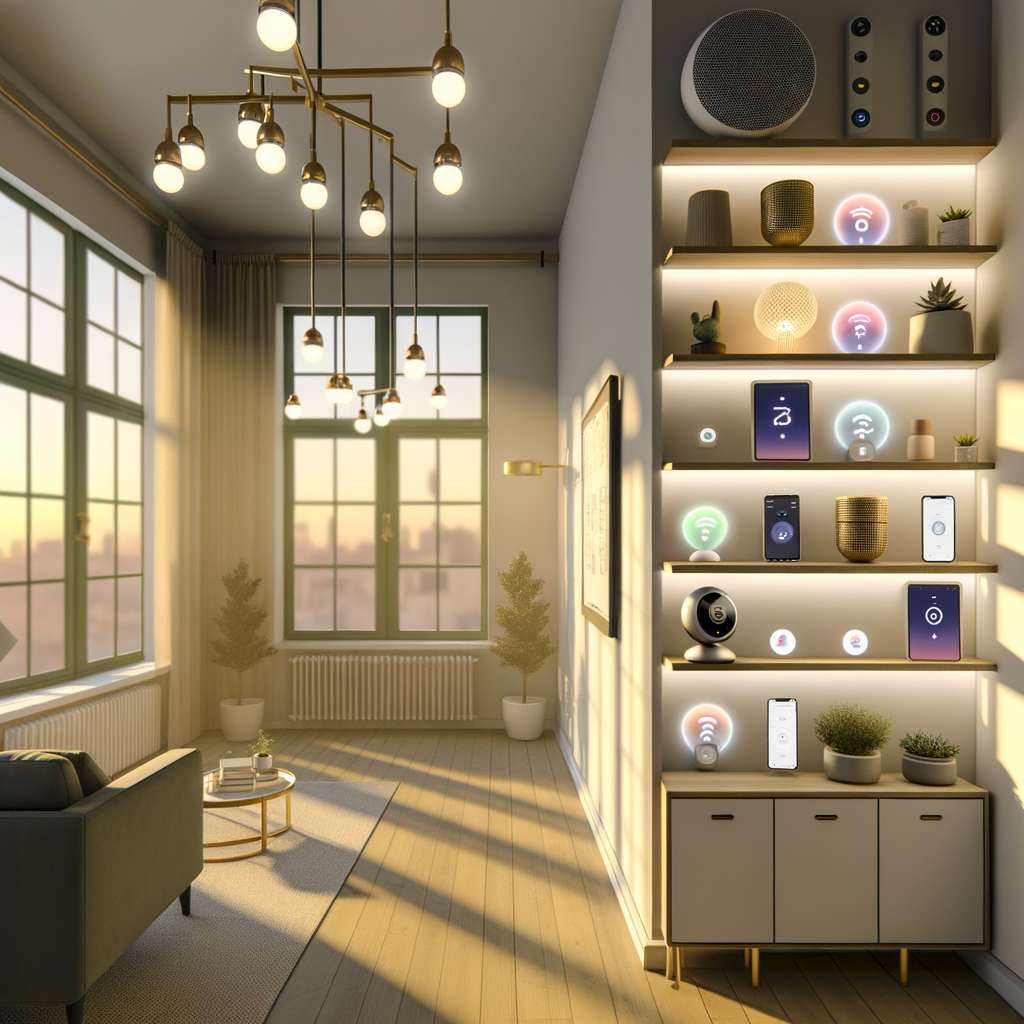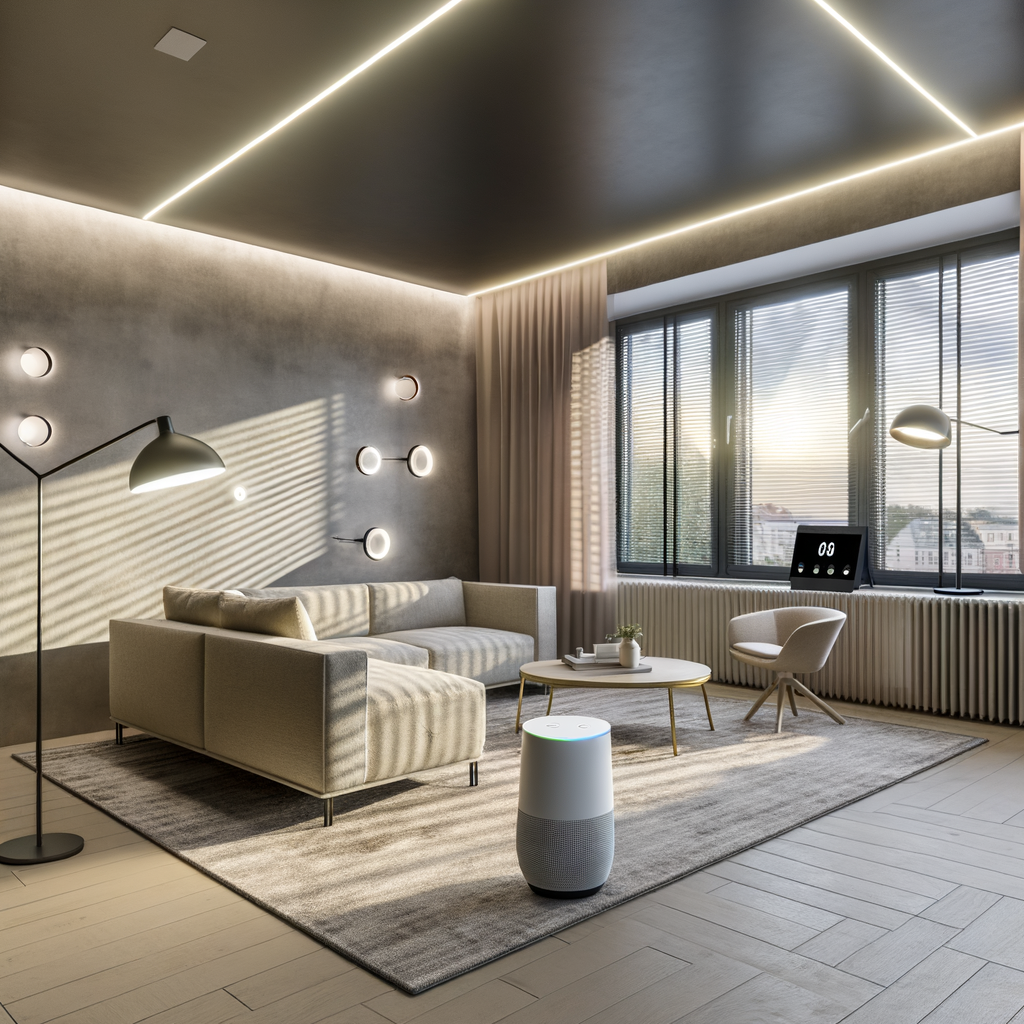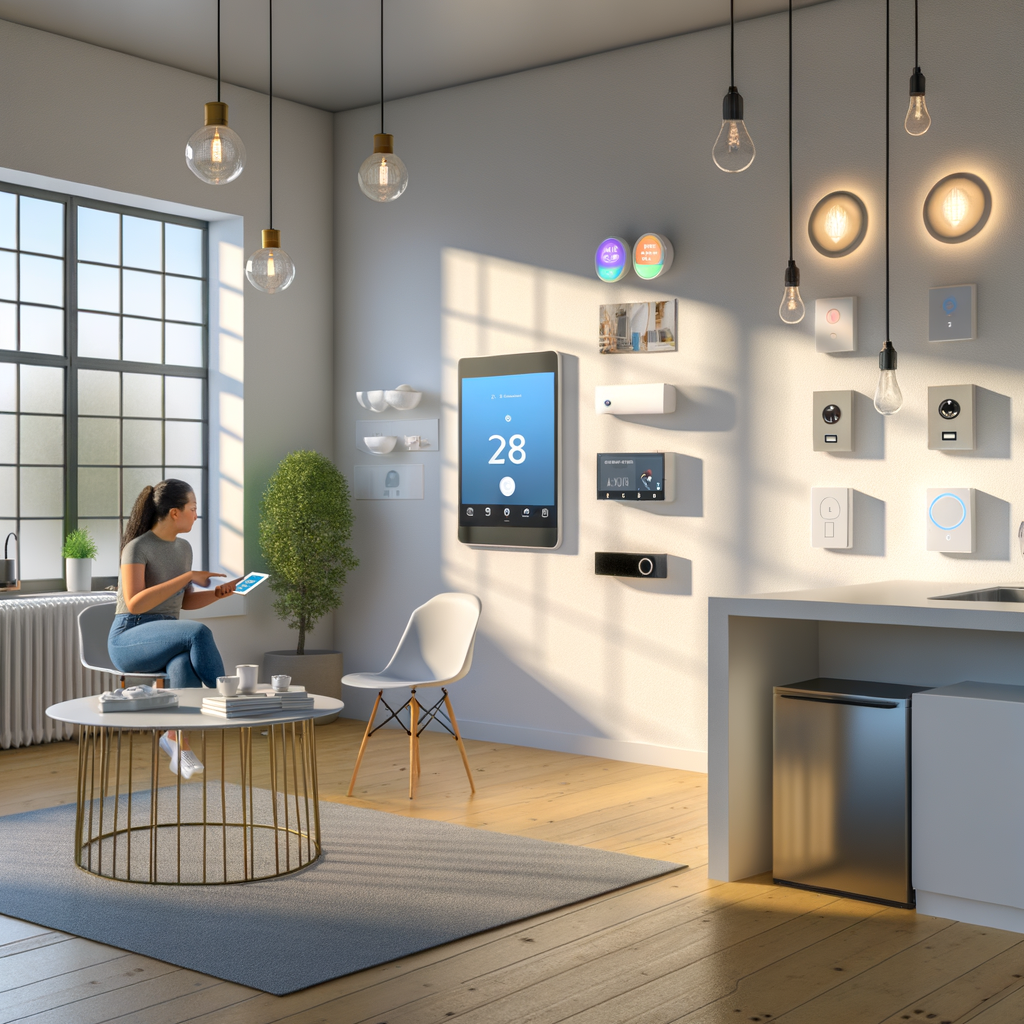Myth-Busting Smart Homes: 7 Common Misconceptions About Energy-Efficient Tech for Renters
Smart home technology is often advertised as a simple path to convenience and sustainability. But if you’re a renter, you might believe that energy-efficient smart tech just isn’t for you. The good news: many of the most prevalent myths about smart home devices are outdated or downright wrong, leaving plenty of room for you to save money and reduce your carbon footprint. This article will break down the top misconceptions about smart home tech for renters, revealing actionable ways you can make your space greener—without voiding your lease.
Myth 1: “Smart Home Tech Requires Permanent Installation”
Many renters worry that upgrading their apartment with smart devices will involve drilling into walls or making permanent modifications. In reality, most modern smart tech is designed with renters in mind:
- Battery-powered or plug-in devices: Many smart thermostats, lights, and sensors are wireless and only require a power outlet or batteries.
- Adhesive mounting: Devices like motion sensors and smart switches can often be mounted with removable adhesive strips—no screws needed.
- Tool-free setup: Most smart plugs and bulbs simply plug into existing outlets or sockets.
Actionable Advice for Renters:
- Opt for smart plugs to add automation to lamps, fans, and appliances—just plug them in, no wiring required.
- Choose smart bulbs that screw directly into your current light fixtures.
- Always consult your lease or landlord if you’re unsure, but removable smart tech is rarely a problem.
Myth 2: “Energy-Efficient Tech Doesn’t Save Renters Money”
It’s easy to assume energy savings are negligible, especially if you don’t pay for every utility. But smart tech can still reduce your expenses:
- Electricity: Many renters pay their own electricity bill. Automating lights and appliances means you’ll never forget to turn something off again.
- Heating and cooling: Smart thermostats can reduce your HVAC costs by up to 10% annually, even in apartments.
- Data tracking: Some devices offer energy usage analytics, so you can spot and cut wasteful habits.
Tips to Maximize Savings:
- Use scheduling features to run devices only when you need them.
- Install smart power strips to cut power to multiple devices at once.
- Take advantage of energy reports from supported apps to see where you can save.
Myth 3: “Smart Devices Are Too Complicated to Install”
The reputation for complex setup persists, but user-friendly design is now a standard for many energy-efficient devices. Most products offer:
- Step-by-step apps that walk you through installation in minutes
- Plug-and-play functionality—just insert, pair with your phone, and go
- Zero need for professional installers for the majority of renter-friendly devices
What Renters Should Do:
- Look for devices labeled “DIY installation” or “designed for renters”.
- Use manufacturer video tutorials or customer support if you hit a snag.
- Check product reviews for renter experiences to ensure easy removal later.
Myth 4: “Smart Tech Is Expensive and Not Worth the Investment”
While premium devices exist, there’s now a range of affordable options that deliver real value for renters. Consider:
- Smart plugs: Starting at under $20, these let you control any plug-in device remotely.
- LED smart bulbs: Usually $10–$30 each, they offer both automation and superior efficiency compared to incandescents.
- Entry-level smart thermostats: Non-wired or add-on models (like smart radiator valves) are affordable for renters with basic heating needs.
Quick Savings Calculator:
- A $15 smart bulb that saves you $1.50 a month pays for itself in a year.
- Smart plugs cut phantom (standby) power waste by up to $100/year, depending on your habits.
Free and Low-Cost Alternatives
- Use utility programs—many electric providers offer rebates or even free smart devices to customers.
- Explore refurbished options or older models for extra savings.
Myth 5: “Smart Devices Infringe on Privacy and Security”
Digital privacy is a concern, but it doesn’t mean you have to avoid smart technology. Responsible companies are improving privacy features with:
- Local controls: Some devices offer the option to run routines without internet (e.g., via Bluetooth or Zigbee).
- Two-factor authentication: More apps now require this extra layer of login protection.
- Selective sharing: Most apps let you opt out of usage analytics or third-party integrations.
How Renters Can Protect Themselves:
- Change default passwords on all devices as soon as you set them up.
- Buy from reputable brands with transparent privacy policies.
- Disable listening or camera features if you don’t need them (easily done via the app).
Myth 6: “Smart Home Tech Isn’t Compatible with Apartments”
You don’t need a single-family home or a full-scale renovation to enjoy smart tech. Many devices are designed for flexibility in rental spaces:
- Hub-free operation: Modern products work via Wi-Fi or Bluetooth, so there’s no need for extra hardware or landlord permission.
- Modular design: Add or remove devices as you need—most can move with you to your next place.
- Room-specific controls: Focus on one or two rooms (like the living room or bedroom) for maximum impact without overwhelming your space.
Renter-Friendly Ideas:
- Set up a smart light kit in common areas and keep the original bulbs for move-out.
- Try smart thermostats designed for baseboard or window AC units if central control is unavailable.
- Use a portable smart speaker to enable voice control without complex wiring.
Myth 7: “Smart Home Tech Isn’t Environmentally Friendly”
Some critics argue that smart devices create more e-waste or draw vampire power. However, the majority of today’s energy-efficient smart tech is designed to dramatically reduce overall consumption:
- Smart thermostats: Lower energy bills by optimizing heating/cooling schedules—saving both money and emissions.
- Smart bulbs and plugs: Cut energy use compared to traditional and always-on devices.
- Built-in timers and sensors: Prevent accidental waste by shutting off lights or appliances after you leave a room.
Go Greener as a Renter:
- Look for Energy Star-rated smart products to ensure top-tier efficiency.
- Set routines for lights and devices to align with natural daylight.
- Recycle old bulbs, thermostats, or electronics at approved collection sites when upgrading to smart models.
How to Start: A Renter’s Roadmap to Smart, Sustainable Living
Ready to join the smart home movement without risking your deposit? Here are some practical steps to get started:
- Evaluate your needs: Identify energy “pain points” (like a lamp left on or inefficient window AC).
- Choose portable devices: Focus on products that are easy to pack and set up again after a move.
- Start small:




